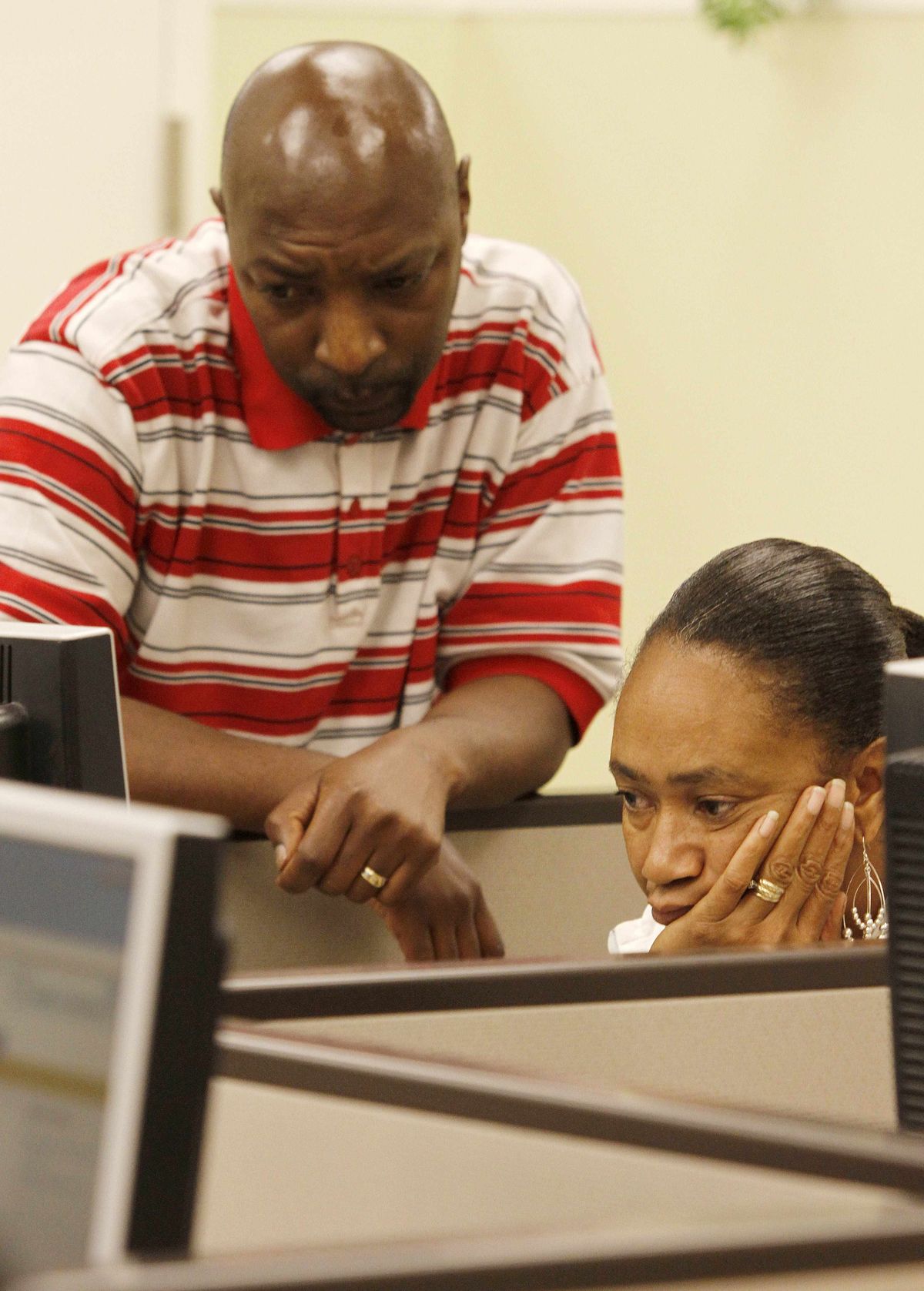Weak jobs report shows recovery may be stalling
Obama calls for more stimulus, unemployment benefits funds

WASHINGTON – A second straight month of lackluster hiring by American businesses is sapping strength from the economic rebound.
The jobless rate fell to 9.5 percent in June, still far too high to signal a healthy economy. It came in slightly lower than the month before only because more than a half-million people gave up looking for work and were no longer counted as unemployed.
The private sector added just 83,000 jobs for the month. Looked at from that angle or almost any other, from a teetering housing market to falling factory orders, the recovery is limping along as it enters the year’s second half. And that is when the benefits of most of the government’s stimulus spending will begin to wear off.
The fate of the economy will hinge on whether it can stand on its own. President Barack Obama acknowledged the slow pace of the recovery and used the new jobs figures to argue for more stimulus spending and extended unemployment benefits.
“We’re not headed there fast enough for a lot of Americans,” the president said. “We’re not headed there fast enough for me, either.”
Overall, the nation’s total payroll actually shrank last month by 125,000, the first decline in six months, the Labor Department said Friday. The loss reflected the end of 225,000 temporary jobs helping the U.S. Census Bureau complete its 10-year head count.
The 83,000 jobs added by the private sector was a better performance than in May, when private job creation nearly stalled. But it fell far short of what the economy needs – at least 200,000 jobs a month – to bring down the unemployment rate.
Nobody, from Obama to Federal Reserve Chairman Ben Bernanke to private economists, expects that anytime soon. And the government has mostly exhausted its realistic options for nudging the economy along faster.
Benchmark interest rates, which at low levels can encourage borrowing to spur economic growth, are already near zero. Republicans in Congress object to additional stimulus spending.
Unemployment is expected to stay above 9 percent through the midterm elections in November. And the Fed predicts joblessness could still be as high as 7.5 percent two years from now. Normal is considered closer to 6 percent, and economists say it will probably take until the middle of this decade to achieve that.